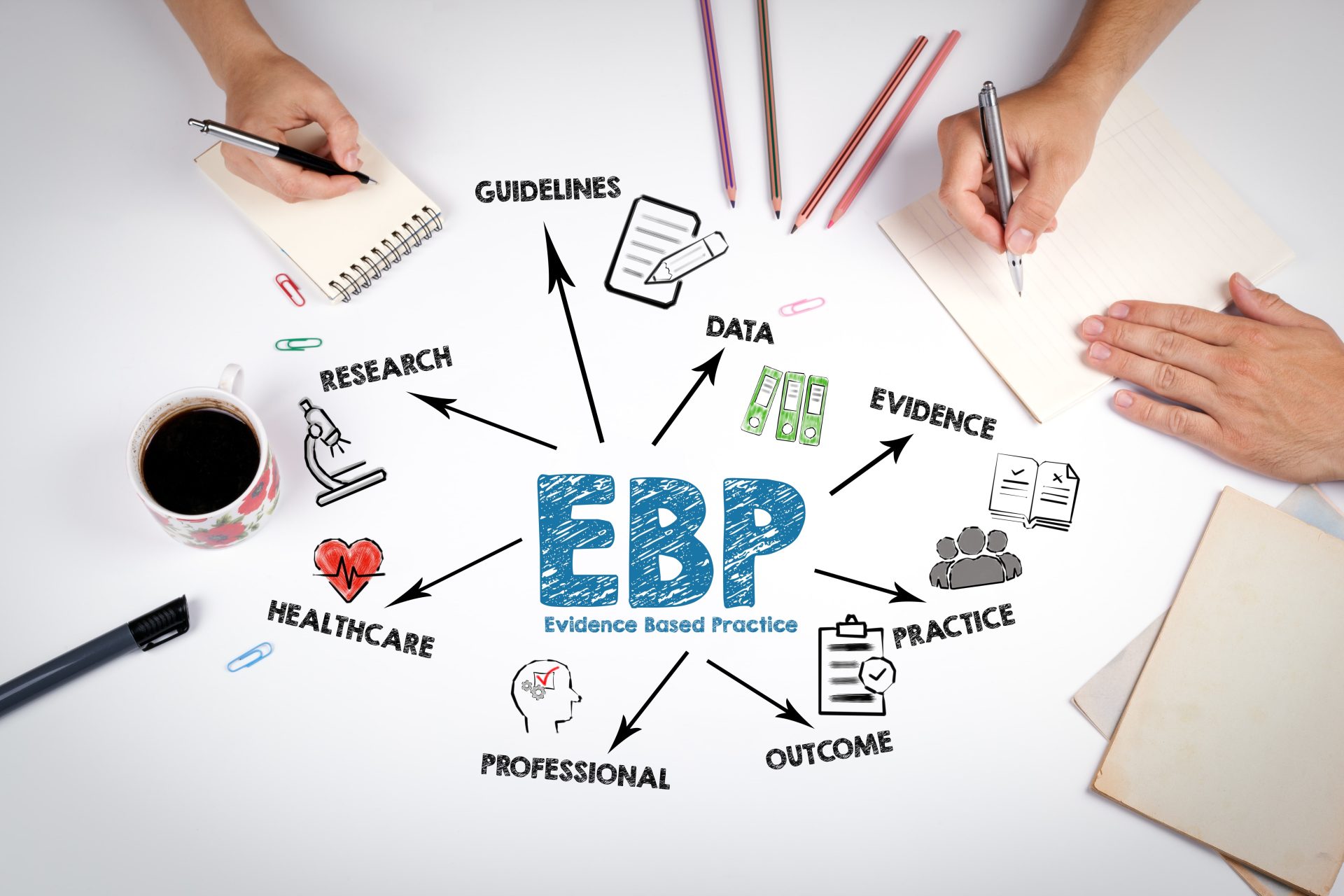Welcome to the CPR Blog
Your destination for original articles and important information about upcoming CPR events.
Complexities and Collaboration: Supporting the Systems to Help People to Get Jobs
October 16, 2025
by Virginia Selleck, PhD
“If you like laws and sausages, you should never watch either being made.”
~Otto Von Bismark (maybe)
If you are reading this paper, you are likely to be well versed about how important employment can be to good health. Also, you are perhaps aware of the Evidence Based Practice of Individual Placement and Support, Supported Employment, and other supports and services that help people with mental health conditions get and keep jobs. Plenty of research has demonstrated the effectiveness of these practices.

There is considerable evidence that large percentages of people who have experienced mental illness want to work. Regrettably, there is also data from the National Research Institute Uniform Reporting System showing that a mere 22-24% percent of people in the public mental health system are actually employed. (research supporting these assertions can be found at https://ipsworks.org/index.php/research/)
The purpose of this piece is to take a look at potential advocacy activities to help overcome the frustrating barriers that can impede both the staff helpers and their administrators from providing evidence-based services leading to better employment outcomes. Clarity about what goes into the bureaucratic “sausage” may offer paths for advocacy, both at the local program level and at the state departments level.
There is an historical matrix of laws and policies that create heartburn for staff and administrators seeking to provide employment services. Understanding more about this can help people getting services to advocate and support the system to improve.

Years ago, the Federal system determined that the Vocational Rehabilitation agency is responsible for helping people with disabilities get jobs; The Substance Abuse and Mental Health Services Administration is to lead public health efforts to advance the behavioral health of the nation and promote recovery, resilience, and wellness; and the Center for Medicaid and Medicare is responsible for the health care system. This tripartite system results in three different bureaucracies to fund and deliver care. As the Federal rules work their way down to the states, they may be interpreted differently, meaning the systems are not the same all over the country. There is an old saying in government: “When you’ve seen one state, you’ve seen one state.” This makes it hard for states to learn from each other.

This administrative division historically affected funding of employment programs that further complicated things. For people with mental illness, Medicaid funding of employment services was limited because the use of waivers was limited. Waivers are a way to use Medicaid to fund things by “waiving” or replacing the usual rules in order to achieve a particular objective. Essentially, they move money from institutions to the community. This has worked fine for people with ID/DD but has not worked for people with mental illness, due to a federal prohibition on using federal funds for “institutions for mental disease” AKA psychiatric hospitals or residential facilities with more than 16 beds. Thus, there were no Medicaid services to “Waive” and so Medicaid funding was limited to specific types of reimbursement.
Employment services were not seen as “medically necessary” and were thus not funded by Medicaid (a medical service). Since the mental health system was told it was VR’s job to provide employment services, and the mental health system was not being paid to do it, it’s easy to see why the mental health agencies did not focus on helping people get jobs. (An exception to this is the psychosocial rehabilitation movement; clubhouses such as Fountain House in NY, Independence Center in St Louis (and others), as well as Psychiatric Rehabilitation Agencies like Thresholds in Chicago, and Places for People in St. Louis, DID very much focus on employment goals, but they were not mainstream community mental health centers).
As time marched on, and the evidence became clearer that employment is indeed a social determinant of health, policy makers and advocates have pushed for ways to pay for the services that have demonstrated success in helping people get jobs.
One of the key strategies has been collaboration, cooperation and coordination among the different silos of government to overcome barriers in the system. These activities are often outlined in Memoranda of Understanding (MOU’s) and Administrative Directives (AD’s) between the units of government. These documents outline which system is responsible for what activity and/or funding. People receiving services and their families can support and urge the system to work together by learning more about these processes. (for a more complete description of these instruments see https://www.dol.gov/sites/dolgov/files/ODEP/pdf/Task_2_Selleck_and_Luecking_MOU_Template_Final.pdf).

The states follow federal rules, but they have some latitude in policies and state codes. These rules and requirements roll down to the program level where the “rubber meets the road” for people wanting employment services. Therefore, consumers and families have an interest in the answers to questions such as the following:
~to the local mental health program:
- Does this program keep track of how many people you serve get jobs?
- Do you have a strategic plan with goals to help people who want to work, to get employed?
- Do you work with the local Vocational Rehabilitation Agency?
~to the local Vocational Rehabilitation agency:
- Do you work with /have contracts with the mental health center I attend?
- Do you have a way to pay for evidence based supported employment?
~To the state Mental Health (or Behavioral Health) Department:
- Do you have a written agreement with the state Vocational Rehabilitation Agency describing mutual roles and responsibilities for providing evidence based supported employment? Where is this agreement found?
- Do you have expectations for the providers you fund to have goals concerning employment outcomes?
~To the State Vocational Rehabilitation Agency:
- Do you have a written agreement with the state Mental Health Agency describing mutual roles and
responsibilities for providing evidence based supported employment? Where is this agreement found?
- Can you tell me which agencies that you fund have the best employment outcomes for people with psychiatric disabilities?
Working within systems is complex and often confusing for the service providers and the people seeking services. The more we understand how things work, the more effective we can be at advocating for ourselves and others to improve access to evidence-based employment services.